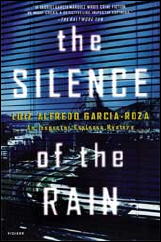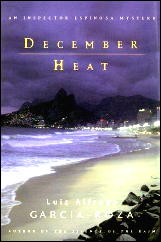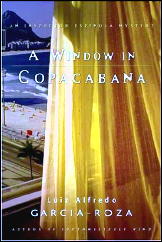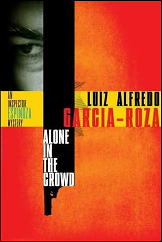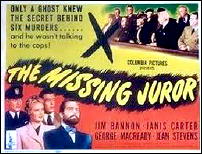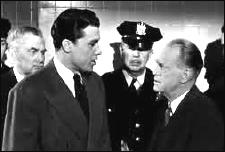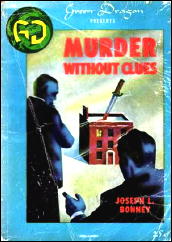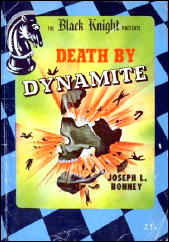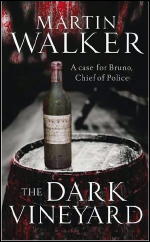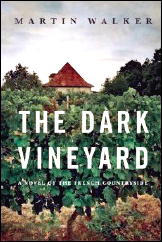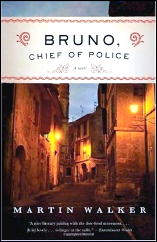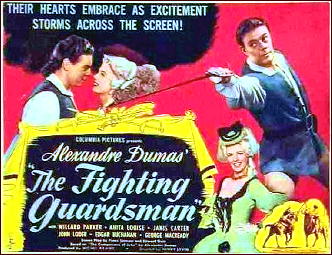Tue 3 Aug 2010
Reviewed by Dan Stumpf: JAMES ROSS – They Don’t Dance Much.
Posted by Steve under Authors , Reviews[8] Comments
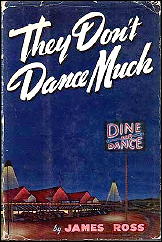
JAMES ROSS – They Don’t Dance Much. Houghton Mifflin, hardcover, 1940. Paperback reprint: Signet #913, abridged edition, April 1952. Hardcover reprint: Southern Illinois University Press, “Lost American Fiction” series, 1975; reprinted in ppbk by Popular Library, 1976 (scarce).
Okay, a few weeks ago I was all set to read some Henry James when someone here mentioned Richard Hallas’ You Play the Black and the Red Comes Up, and I decided I should have another look at it. Only on the way to dig out Play, I stumbled across something else I hadn’t read in 30-odd years and took up that instead.
James Ross’s They Don’t Dance Much (1940) is about murder in a small southern town, which got to be a pretty over-worked sub-genre, but this one stands out.

Ross creates vivid characters with a strong narrative voice, and slowly (but not too slowly) eases them into a plot about murder and double-cross, with some very brutal action and a few cunning twists.
Over it all, there’s the stifling atmosphere of a town with nothing much there, and the casual brutality of boredom.
There are also some memorable bad guys; Smut Milligan and Aston LeGrand are two of the most striking nasties in literature since Captain Hook and Ming the Merciless, and their presence looms over the book like a gathering thunderstorm.
In fact, even the minor characters have that little something extra, and together with Ross’s terse-but-leisurely prose, it goes to make Dance something very memorable.
From the SIU edition:
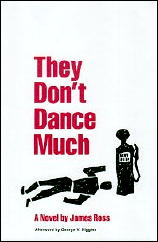
“Called by Raymond Chandler ‘a sleazy, corrupt but completely believable story of a North Carolina town,’ this tough, realisÂtic novel exemplifies Depression literature in the United States.
“Falling somewhere between the hard-as-nails writing of James M. Cain and the early stories of Ernest Hemingway, James Ross’s novel was for sheer brutality and frankness of language considerably ahead of his reading public’s taste for realism untinged with sentiment or profundity. In his brilliant Afterword to this new edition, George V. Higgins, author of the recent best-seller Cogan’s Trade, pays tribute to Ross for his courage in telling his story truthfully, in all its ugliness.”
James Ross was born in North Carolina in 1911, was a newspaper man there and died in 1990. The book is his only novel.


